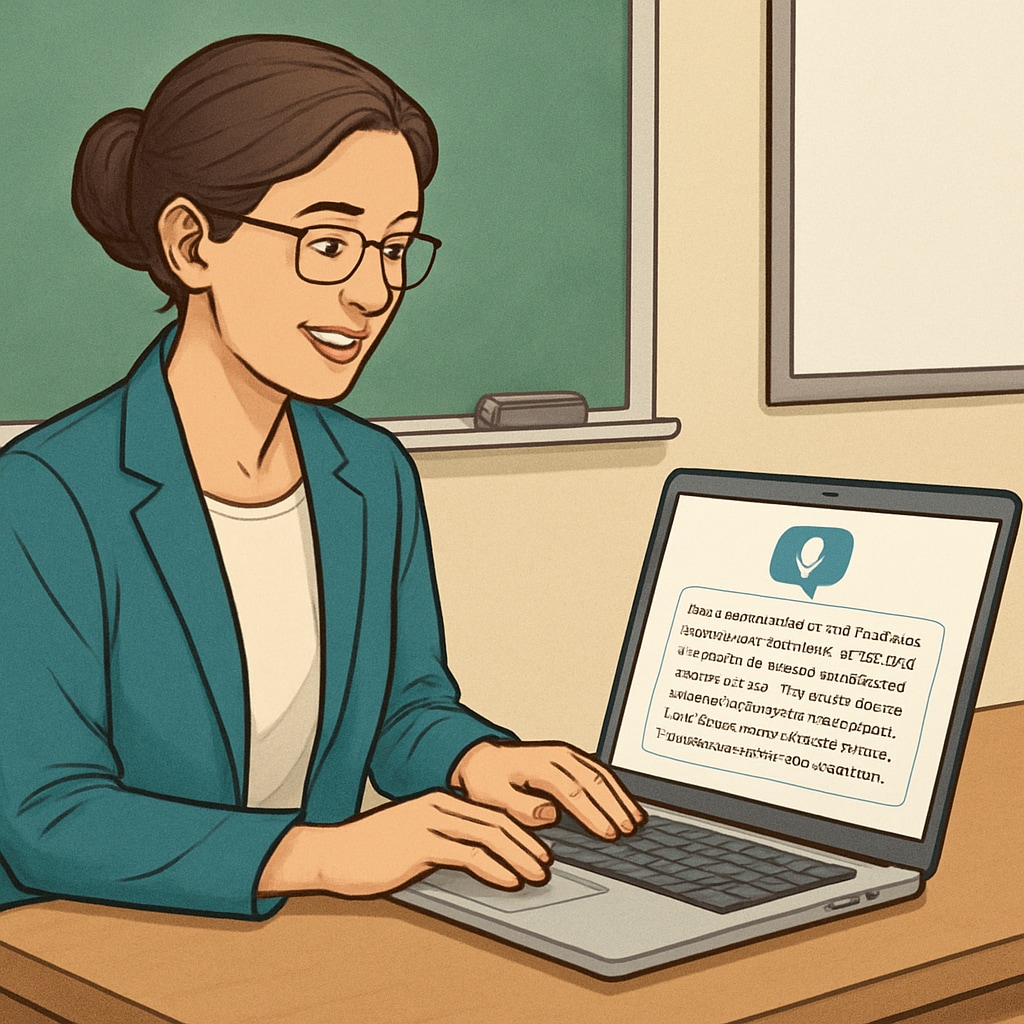In the dynamic world of K12 education, teachers often juggle multiple responsibilities, from preparing lesson plans to providing individualized student feedback. The rise of speech-to-text technology, such as WillowVoice, offers a transformative solution to these challenges. By streamlining teacher workflows and optimizing administrative tasks, tools like WillowVoice not only save time but also enhance the quality of education. This article explores the key benefits of speech-to-text technology and how it can revolutionize the teaching experience.
Reducing Administrative Burdens with Speech-to-Text Tools
One of the most significant challenges teachers face is the sheer volume of administrative tasks, including attendance tracking, grading, and progress reporting. These responsibilities can consume valuable teaching time, leaving educators overwhelmed. Speech-to-text technology, such as WillowVoice, provides a practical solution. Teachers can dictate notes, reports, or even lesson plans, which are instantly transcribed into text. This eliminates the need for manual documentation and allows educators to focus on what truly matters—teaching and engaging with students.

For example, a K12 teacher managing a class of 30 students can use WillowVoice to quickly record and transcribe observations during a lesson. Instead of spending hours typing detailed notes, they can focus on tailoring their teaching strategies to meet individual student needs. This not only improves efficiency but also ensures that critical insights are not lost due to time constraints.
Enhancing Student Feedback and Communication
Providing timely and constructive feedback is essential for student growth, yet it is also one of the most time-intensive tasks for educators. With the help of speech-to-text tools, teachers can verbally record their assessments and have them transcribed instantly. This approach not only saves time but also allows for more detailed and personalized feedback.
Furthermore, speech-to-text technology aids in enhancing communication between teachers and parents. For instance, teachers can use WillowVoice to draft detailed progress reports or compose emails to parents without typing. This fosters stronger home-school connections and ensures that parents stay informed about their child’s performance.

Supporting Special Education and Inclusive Learning
In special education settings, maintaining accurate and detailed records is crucial. Speech-to-text technology can simplify the process of documenting Individualized Education Plans (IEPs), behavioral observations, and progress updates for students with special needs. Tools like WillowVoice ensure that teachers can efficiently record and organize this information, reducing the risk of errors and ensuring compliance with legal requirements.
Moreover, speech-to-text tools can be integrated into the classroom to support students with disabilities. For instance, students with dyslexia or other learning challenges can benefit from real-time transcription, making content more accessible and inclusive. This dual advantage—enhancing teacher workflows and supporting diverse learners—highlights the transformative potential of speech-to-text technology in education.
Improving Lesson Planning and Resource Creation
Effective lesson planning is key to high-quality teaching, yet it often requires significant time and effort. Speech-to-text tools can streamline the process by enabling educators to dictate their ideas and have them converted into structured text. This is particularly helpful during brainstorming sessions or when capturing spontaneous teaching insights.
Additionally, teachers can use speech-to-text technology to create supplementary teaching materials, such as worksheets or quizzes. For example, a science teacher can verbally outline a quiz on ecosystems, which is then transcribed into a ready-to-use document. This not only saves time but also ensures that teaching resources are created efficiently and accurately.
Key Benefits of Speech-to-Text Technology in K12 Education
To summarize, speech-to-text tools like WillowVoice offer a range of benefits for K12 educators:
- Time Efficiency: Reduces the time spent on administrative tasks, freeing up hours for teaching and student interaction.
- Improved Accuracy: Minimizes the risk of human error in documentation and record-keeping.
- Enhanced Communication: Facilitates detailed and timely communication with students and parents.
- Inclusive Learning: Supports students with disabilities by providing accessible learning tools.
- Resource Optimization: Streamlines the creation of lesson plans and teaching materials.
As a result, speech-to-text technology empowers teachers to achieve a better balance between administrative responsibilities and instructional excellence. By embracing tools like WillowVoice, educators can not only enhance their workflows but also create a more dynamic and inclusive learning environment for their students.
In conclusion, the adoption of speech-to-text tools is a game-changer for K12 education. By simplifying complex workflows and enhancing communication, these technologies enable teachers to focus on their core mission: inspiring and educating the next generation.
Readability guidance: The article prioritizes clear and concise language with short paragraphs and lists to enhance readability. It integrates examples and transitions to maintain a logical flow, ensuring accessibility for a broad audience.


